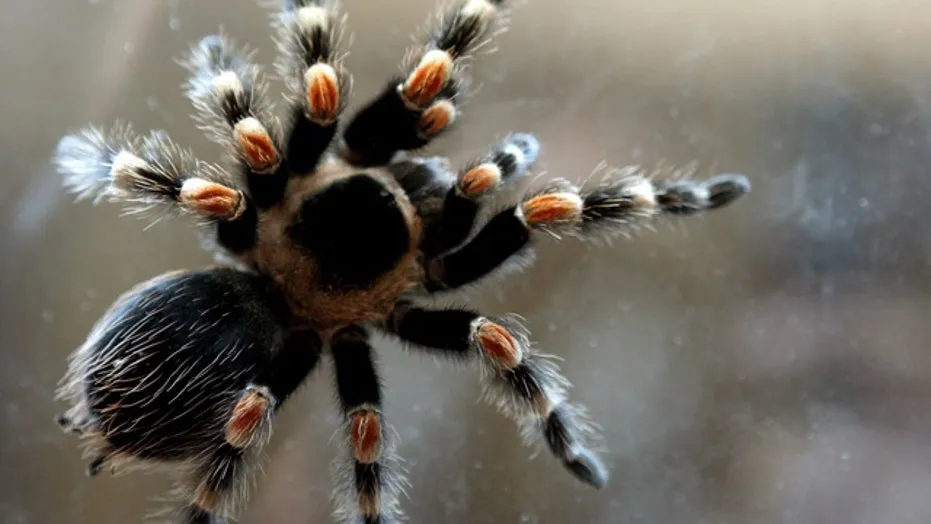Understanding Tarantula Mating
Mating tarantulas is a fascinating yet delicate process, requiring careful planning and execution. Success depends on understanding the specific needs and behaviors of these arachnids. This comprehensive guide unveils the secrets to successful tarantula mating, covering everything from identifying maturity to caring for the resulting spiderlings. Before attempting to breed your tarantulas, it’s crucial to have a solid understanding of their life cycle, environmental needs, and potential risks involved. Knowledge is the key to ensuring the safety and well-being of both the male and female tarantula during this intricate process. Remember that tarantulas are not social creatures, and mating is the only time they interact.
Male Tarantula Behavior
Male tarantulas undergo a specific transformation as they mature, exhibiting unique behaviors that signal their readiness to mate. These behaviors are crucial for identifying when a male is prepared for breeding. Recognizing these signs increases your chances of successful mating. The male tarantula’s primary goal is to find a receptive female and successfully deposit his sperm. They will become increasingly active, often pacing their enclosure. They will also lose their appetite, focused solely on finding a mate. The male tarantula’s ultimate goal is to reproduce, and their actions are driven by this biological imperative.
Identifying Male Maturity
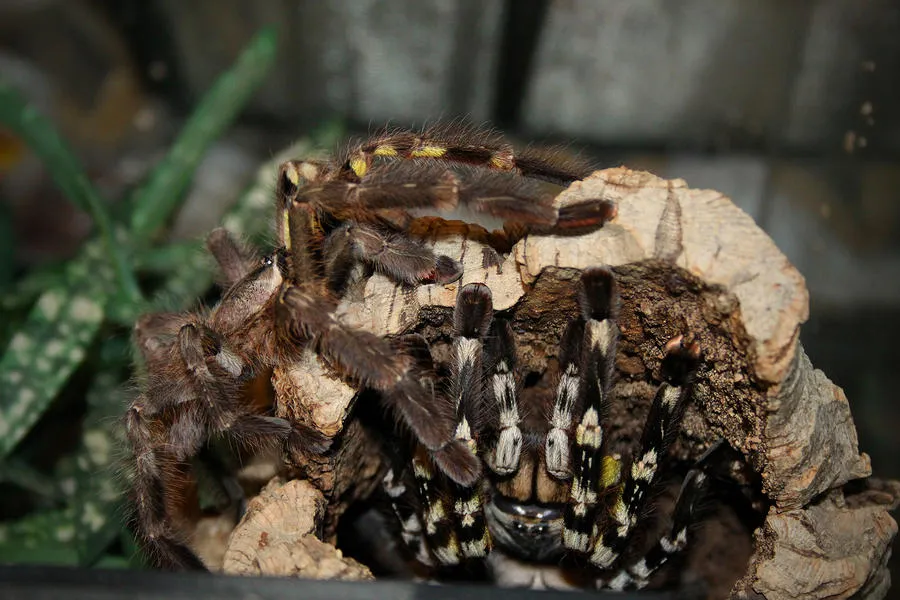
Identifying a mature male tarantula is essential for successful breeding. A mature male develops specialized structures called tibial hooks on their front legs, used to hold the female’s fangs during mating. These hooks are a clear indication of sexual maturity. Furthermore, the male will create a sperm web, a small web where he deposits his sperm. Observing these changes helps you determine when your male is ready for the mating process. It is important to note the timing of molting and the appearance of the hooks. Also look at the pedipalps (the ‘arms’ near the mouth), as mature males have bulbous tips on the pedipalps that they use to store sperm.
Sperm Web Creation
Before mating, the male tarantula creates a sperm web. This small, specialized web is where he deposits his sperm. He then picks up the sperm using his pedipalps, which store the sperm until mating. The sperm web is a crucial step in the reproductive process. The sperm web itself is a delicate structure, often found in a corner of the enclosure. Observing the creation of the sperm web is a clear indication that the male is preparing for mating and is a critical sign to look out for. This behavior demonstrates the male’s preparation for the mating ritual, a key aspect of the tarantula’s reproductive strategy.
Female Tarantula Behavior
Female tarantulas also exhibit specific behaviors that indicate their receptivity to mating. These signs are important to observe to ensure a successful mating attempt. The female’s willingness to mate is influenced by her overall health, age, and the environmental conditions. A well-fed and healthy female is more likely to accept a male. Observe the female carefully to understand her receptiveness to the male. This proactive approach can improve the chances of a successful breeding, by ensuring both parties are receptive to the process.
Signs of Receptivity
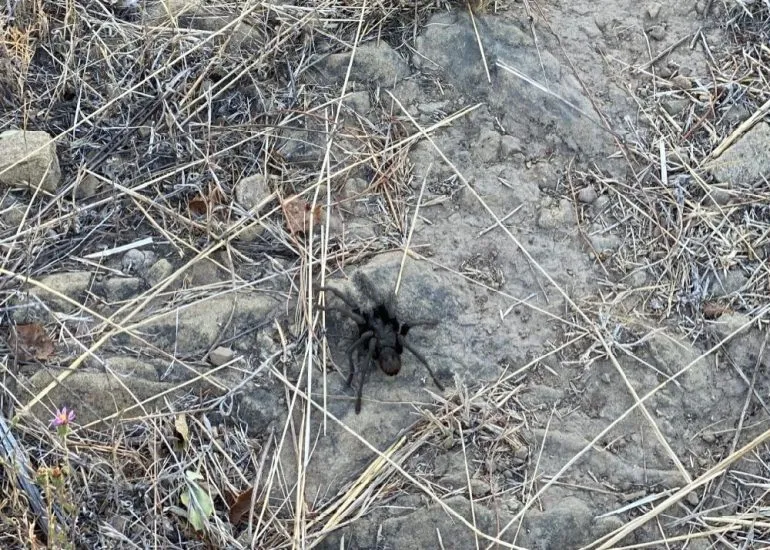
Receptive females may exhibit specific behaviors, such as tapping their legs or abdomen, which can be a sign that they are ready to mate. They may also be less aggressive than usual, allowing the male to approach. Another sign is the female’s stillness, as they may remain motionless to indicate their readiness. Pay attention to her posture, such as raised front legs. These behavioral cues can help you determine the best time to introduce the male. Understanding these signals is vital for minimizing the risk of the male being attacked. Monitor your female tarantula to assess her willingness to mate and reduce the chances of a failed attempt.
The Mating Process
The mating process is a complex interplay of behaviors between the male and female tarantula. It requires careful observation and intervention to ensure the safety of both spiders. The interaction between the male and female involves specific steps, from the initial introduction to the actual mating embrace. Understanding these steps can increase the chances of successful breeding and help minimize risks. It is important to proceed with caution and be prepared to intervene if aggression arises. By carefully managing the mating process, you can give your tarantulas the best chance of successful reproduction.
Introducing the Tarantulas
When introducing the male and female, it is crucial to start slowly and monitor their behavior closely. Place the female in a secure enclosure or move her into the male’s enclosure. Supervise the interaction to ensure the male’s safety. A careful approach is vital. The introduction should be done in a controlled environment. Providing ample space for both tarantulas reduces the likelihood of conflict. It’s important to be ready to separate the tarantulas immediately if the female shows signs of aggression. Monitor their interaction and be prepared to intervene if necessary, a quick response can prevent harm.
The Mating Embrace

If the female is receptive, the male will approach her, and they will engage in the mating embrace. The male uses his tibial hooks to hold the female’s fangs, preventing her from biting him. He then inserts his sperm-filled pedipalps into her epigastric furrow. This is a critical moment, as the male transfers his sperm. The embrace is usually short-lived, lasting only a few minutes. During this time, the male deposits his sperm. Following the mating embrace, it’s essential to separate the tarantulas. This separation minimizes the risk of the male being eaten by the female. The process requires quick thinking and careful action.
Post-Mating Separation
After mating, immediately separate the male and female. The female may become aggressive, and the male could be eaten. If the male is quick, he might escape and survive. If the female is very aggressive, the male’s chances of survival are diminished. A careful and swift separation is key to preventing harm. Return the male to his enclosure. Return the female to her enclosure, too. Keep a close eye on both tarantulas after mating. A timely separation protects the male from potential harm. By separating the tarantulas promptly, you maximize the chances of the male’s survival and future breeding attempts.
Egg Sac Production and Care
If mating is successful, the female will create an egg sac containing her eggs. The care of the egg sac is critical for the survival of the spiderlings. The female’s behavior and the environmental conditions play vital roles. A healthy and well-cared-for female is more likely to produce a viable egg sac. Providing the correct conditions ensures that the egg sac develops properly. From egg sac creation to hatching, each step requires attention. Proper care significantly improves the chances of successful hatching and the survival of the spiderlings. Understanding these stages allows you to give the best possible care.
Egg Sac Formation
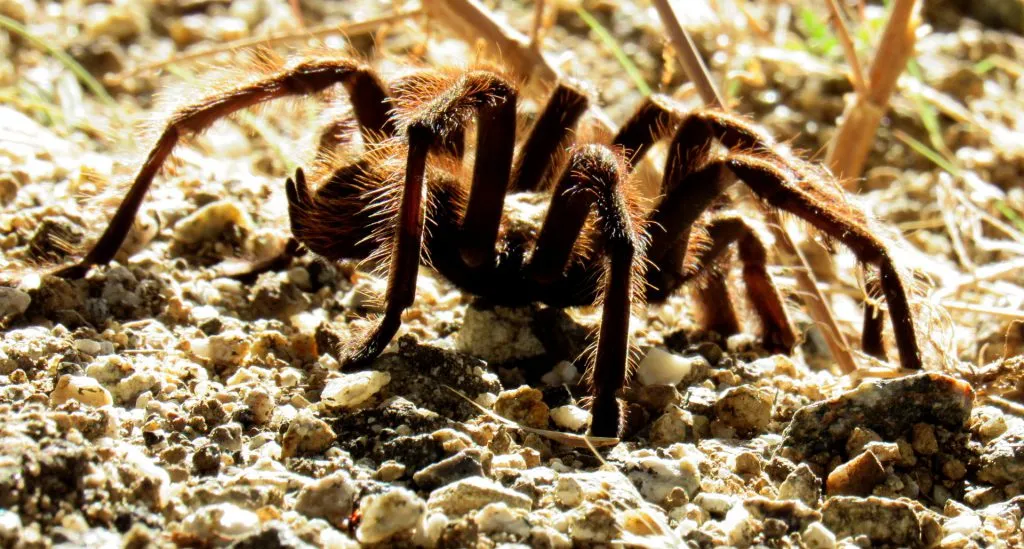
Following a successful mating, the female tarantula will begin to produce an egg sac, which will contain her eggs. This process can take several weeks or months. The female will spin a silken structure to house the eggs. The eggs are fertilized during the mating process. It is important to maintain the correct environmental conditions, such as temperature and humidity. The size of the egg sac and the number of eggs vary depending on the tarantula species. A well-formed egg sac indicates healthy eggs. Careful observation of the female’s behavior is necessary. This process is a sign of successful mating.
Incubation and Hatching
The incubation period varies. It depends on the species and environmental conditions. Maintaining the correct temperature and humidity is crucial. The egg sac should be kept in a stable environment. The female usually cares for the egg sac, turning it and protecting it. During incubation, monitor the egg sac for any signs of problems. Once the eggs hatch, the spiderlings will remain in the egg sac for a period, undergoing their first molt. After the first molt, the spiderlings emerge and become independent. Proper care during this phase is essential for the spiderlings’ survival. The hatching process marks a significant milestone in the breeding cycle.
Caring for Spiderlings
Once the spiderlings have emerged, proper care is crucial for their survival and development. The spiderlings, or slings, require a specialized environment. Provide small enclosures with appropriate substrate and hiding places. Offer small food items, such as flightless fruit flies or pinhead crickets. Regular feeding and a clean environment are vital. Monitor the spiderlings’ growth and development, and adjust the care accordingly. The spiderlings will molt multiple times. This phase of growth is extremely important to the spiderlings’ survival and health. They are fragile and require careful handling. Careful attention to detail maximizes the survival rate.
Common Challenges and Solutions
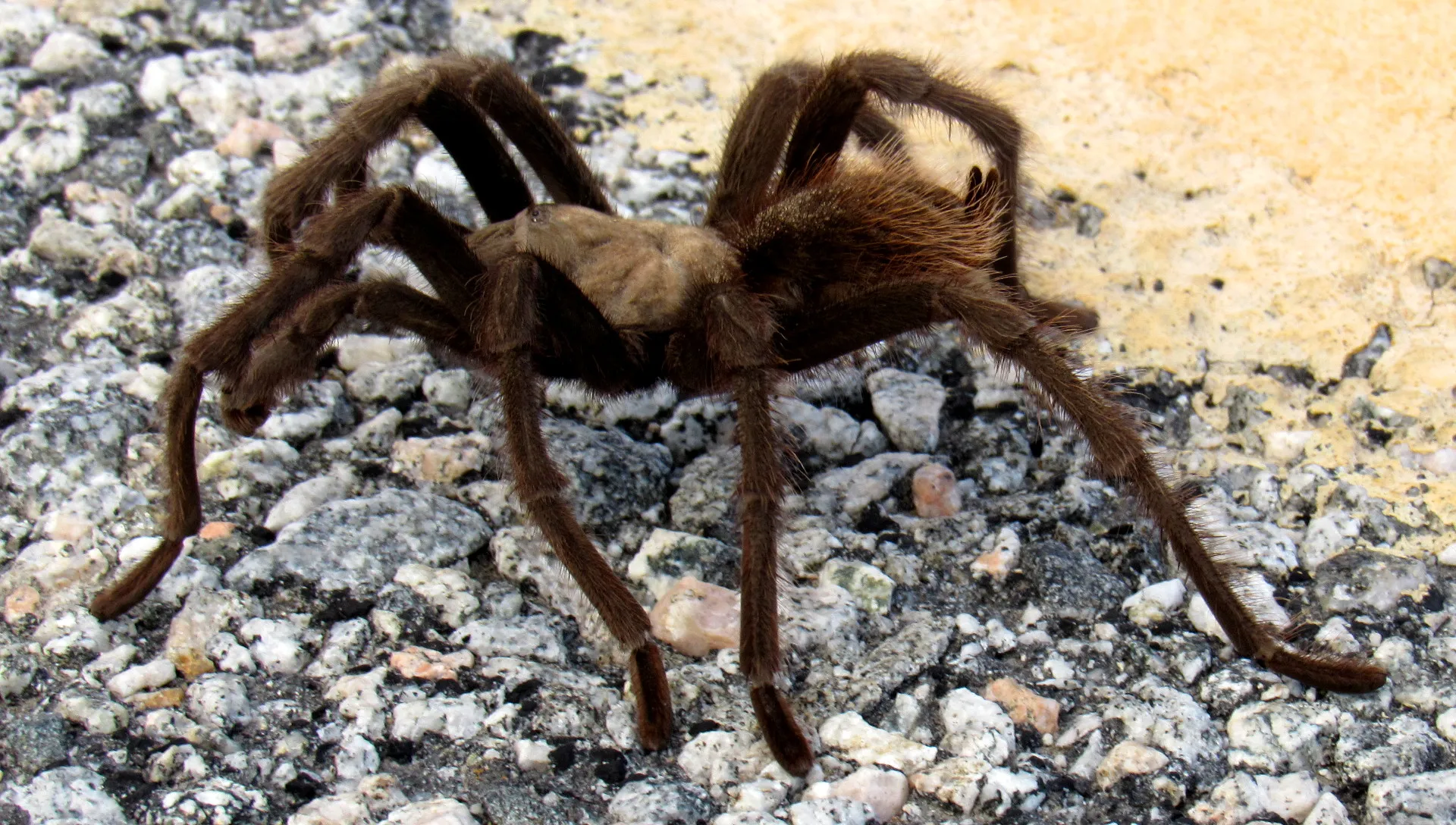
Breeding tarantulas can present several challenges. Being aware of these potential issues and knowing how to address them can improve your chances of success. These challenges can range from dealing with aggression to addressing mating failures. Understanding these challenges will enable you to make informed decisions. A proactive approach is key to successful breeding. Careful planning and preparation can minimize the risks. This approach can reduce the chances of complications. This approach can also improve the likelihood of successful mating.
Dealing with Aggression
One of the biggest challenges in tarantula mating is dealing with aggression from either the male or female. The female may attack the male at any time. The male must be agile and quick. If aggression occurs, it is crucial to separate the tarantulas immediately. Be prepared to intervene quickly. Provide sufficient space and hiding places in their enclosures. Monitor the interaction closely. Be ready to separate the tarantulas if aggression is observed. Use tools like a paintbrush or a long pair of tweezers to separate them safely. Prevention, observation, and a rapid response are essential.
Mating Failure
Mating can sometimes fail for various reasons. Failure can be due to the female’s lack of receptivity. It can also be due to the male being unsuccessful in depositing sperm. Sometimes, the environmental conditions are not ideal. If mating fails, don’t be discouraged. Carefully re-evaluate the conditions and behaviors. Ensure that both tarantulas are healthy and mature. Try again, making adjustments. Patience and persistence are essential. Review your methods. Make changes to your approach. Learn from each attempt. This approach increases the likelihood of success in subsequent attempts. If you are patient and persistent, your chances of success will improve.
